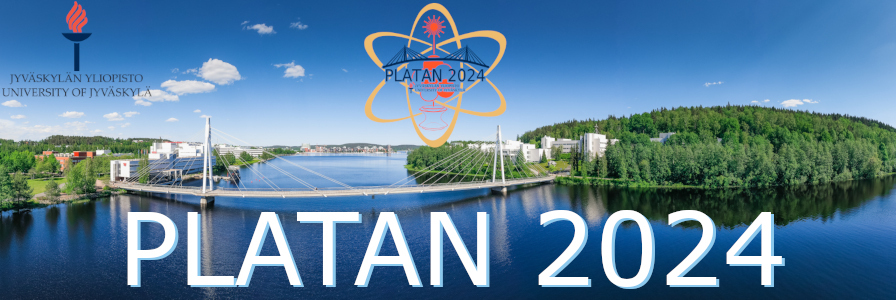Speaker
Description
Actinide elements present a rich spectrum of nuclear structure phenomena, and have been the focus of many research programs aimed at developing a detailed picture of this region of the nuclear chart. For example, theoretical models have predicted the emergence of pronounced reflection-asymmetric shapes moving towards more neutron-deficient isotopes[1]. The region also hosts two unique low-lying isomeric states, $^{229}$Th and $^{235}$U, the former of which has great potential to act as a nuclear-based metrology time standard.
Laser spectroscopic techniques act as a bridge between nuclear and atomic physics, providing access to information including the evolution of mean-square charge radii through the measurement of isotopic shifts in atomic transitions, in addition to nuclear magnetic dipole and electric quadrupole moments obtained via the hyperfine structure[2]. In the region of the actinide elements and above, these studies are often limited by the challenges in producing the nuclei of interest.
Within the LISA(Laser Ionization and Spectroscopy of Actinides) framework, a research program aimed towards the study of the nuclear structure of light actinide elements has been implemented at the IGISOL facility, at the University of Jyväskylä. High resolution collinear laser spectroscopy on natural U isotopes has been performed on 10 transitions in the singly charged ion. New information on atomic hyperfine parameters in addition to high precision isotopic shifts has been produced. In parallel, the development of a gas-cell based production method of an isomeric beam of $^{235}$U has been carried out, with the final aim of performing a collinear laser spectroscopy measurement of the low lying 76-eV isomer.
This contribution presents the results of these studies, the upgrades of the light collection region and the the use of ultra-short time bunches to further increase the sensitivity of the technique.
[1]Cao,Y. et al. PRC 102.2 (2020) 024311.
[2]Yang,X. et al. PPNP 129 (2020): 104005.

